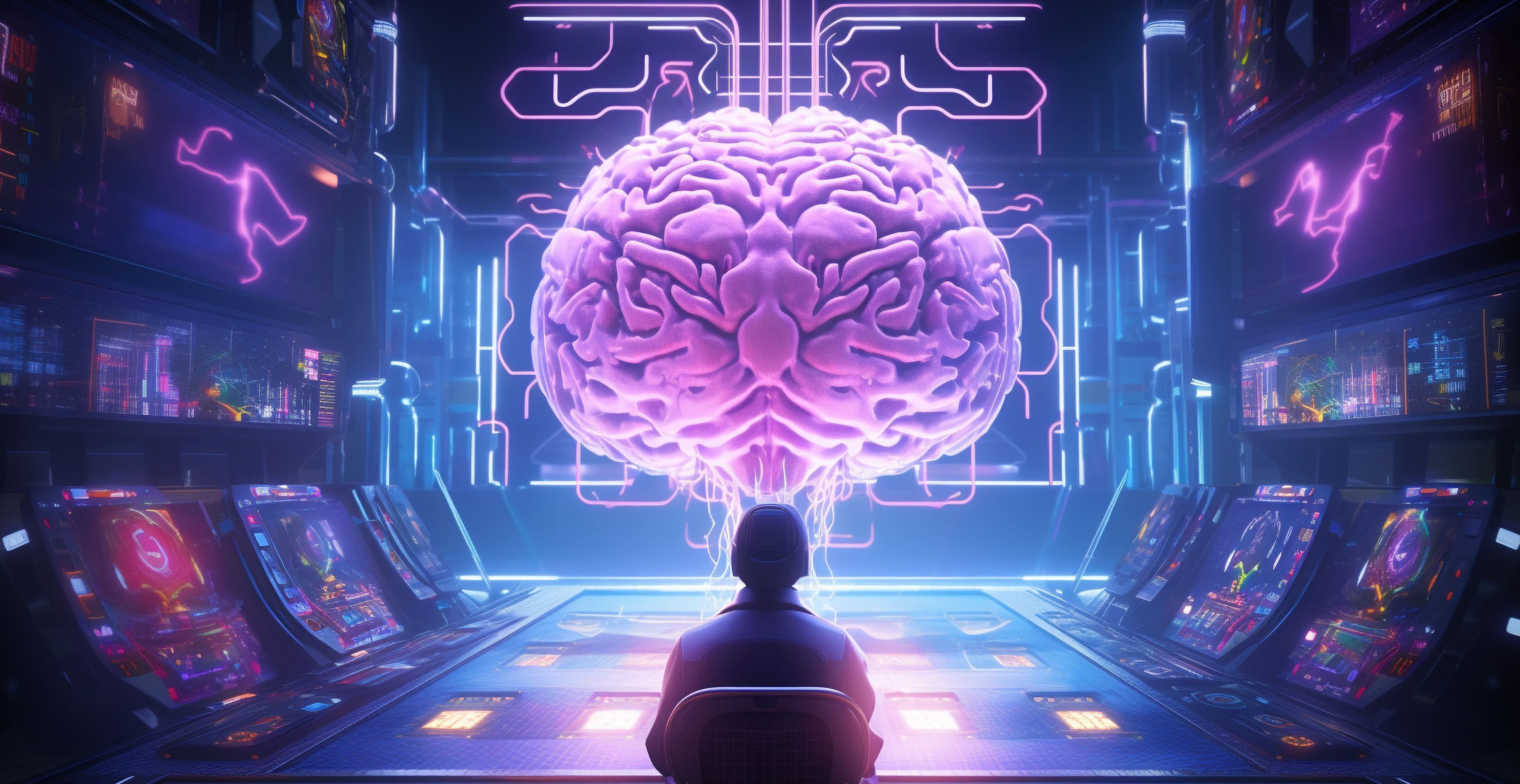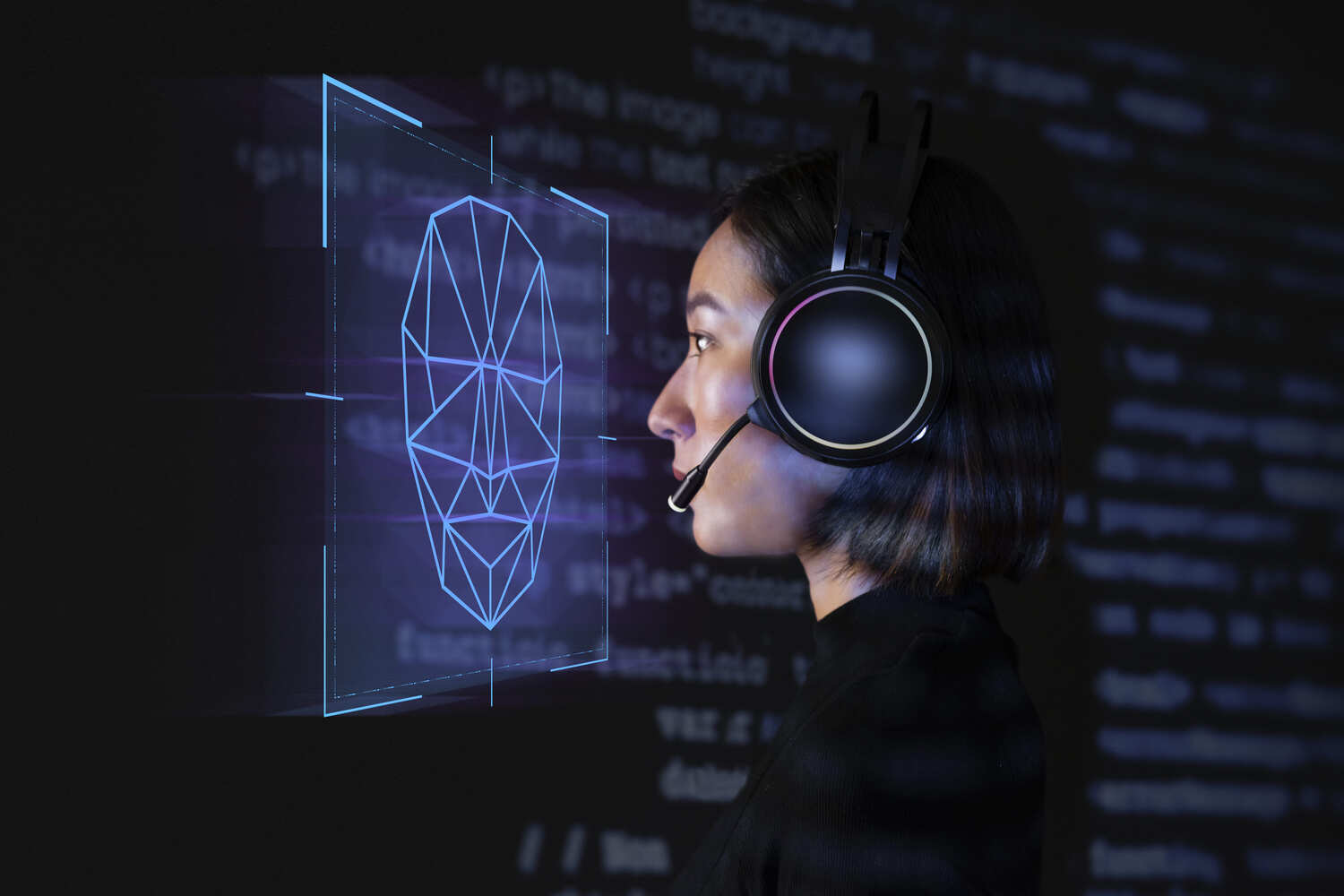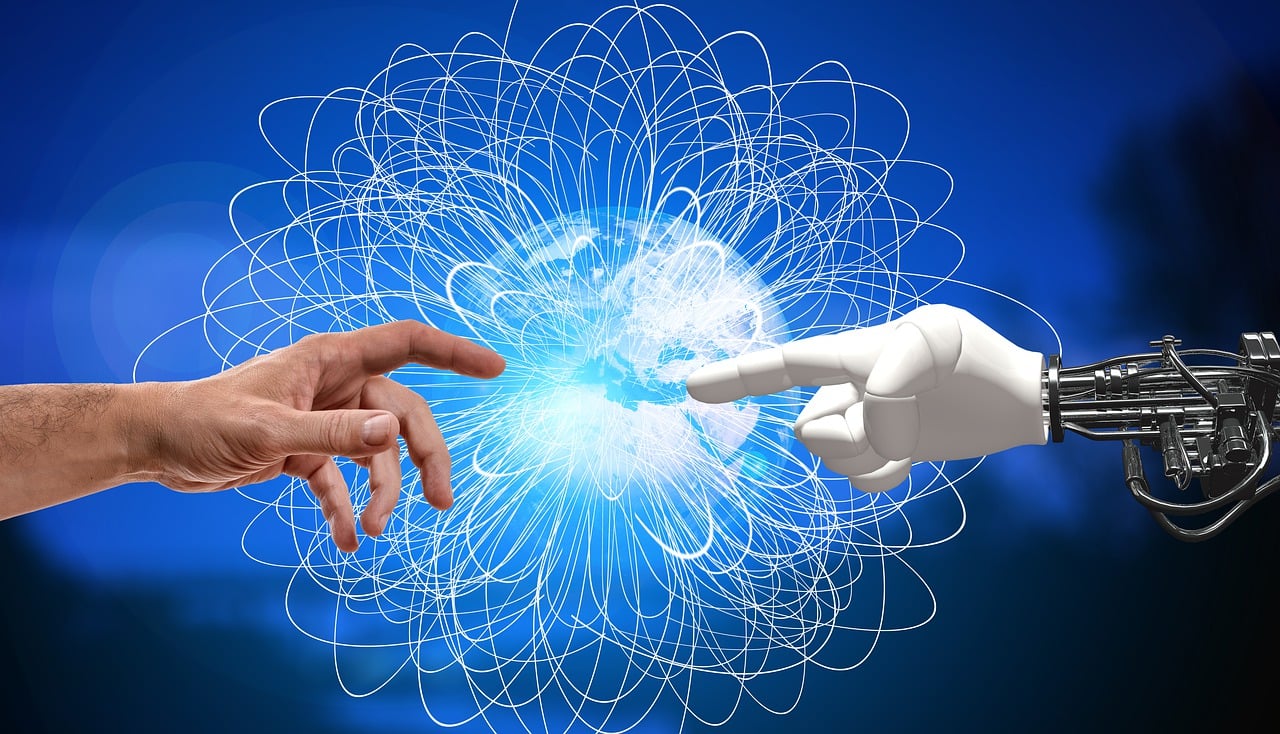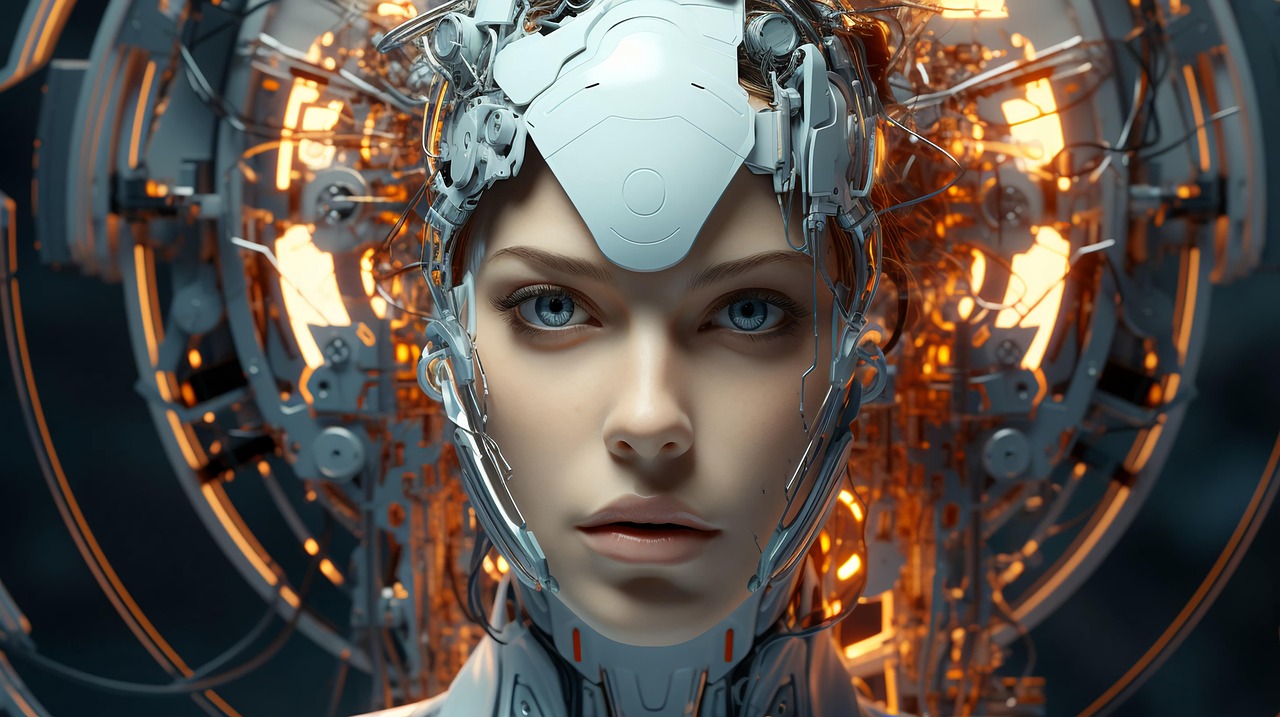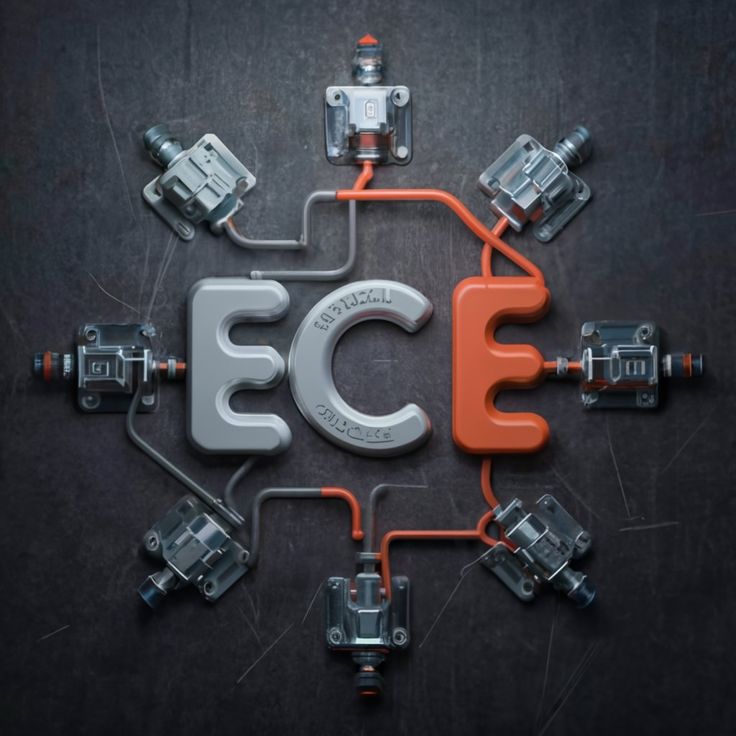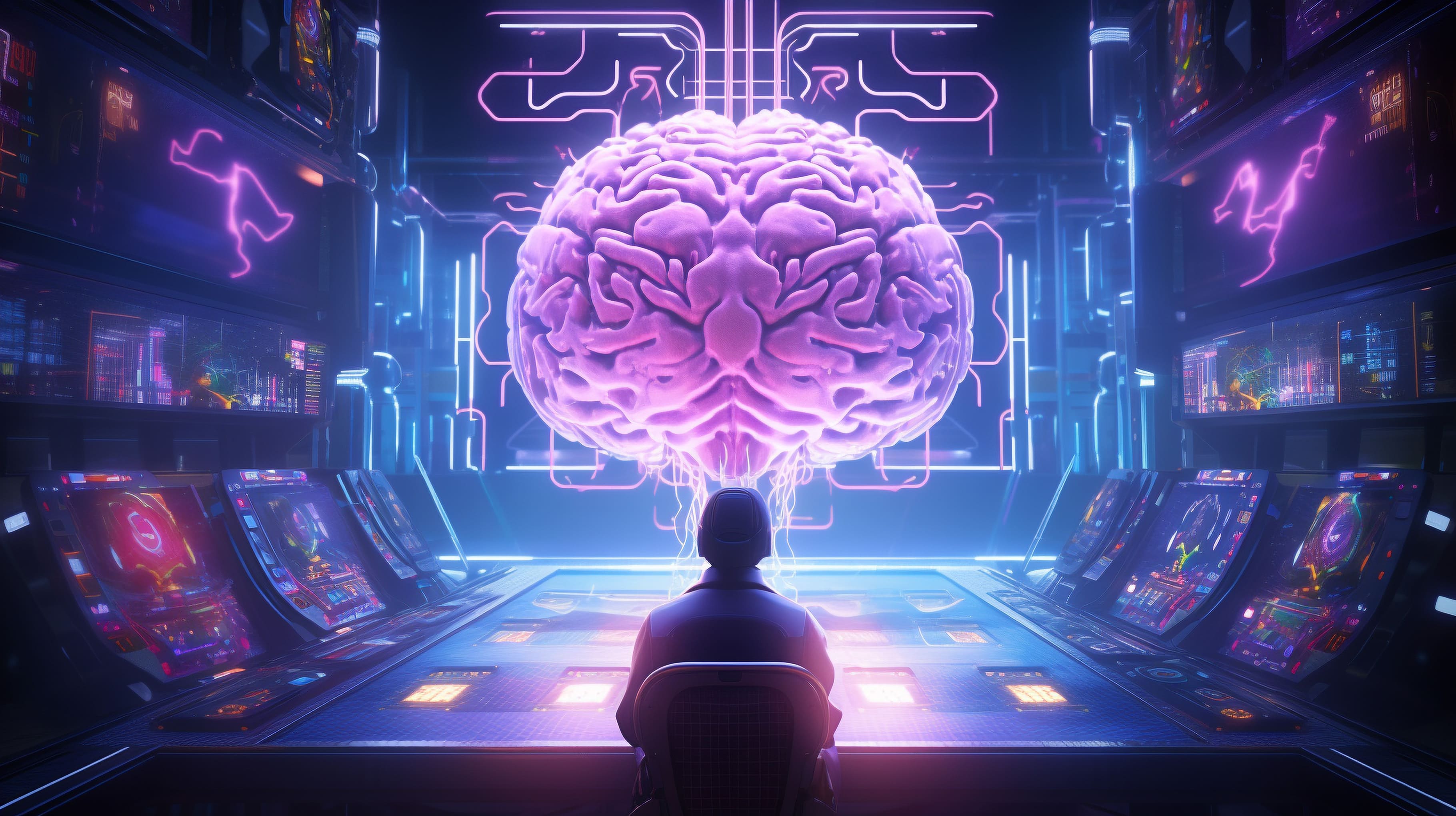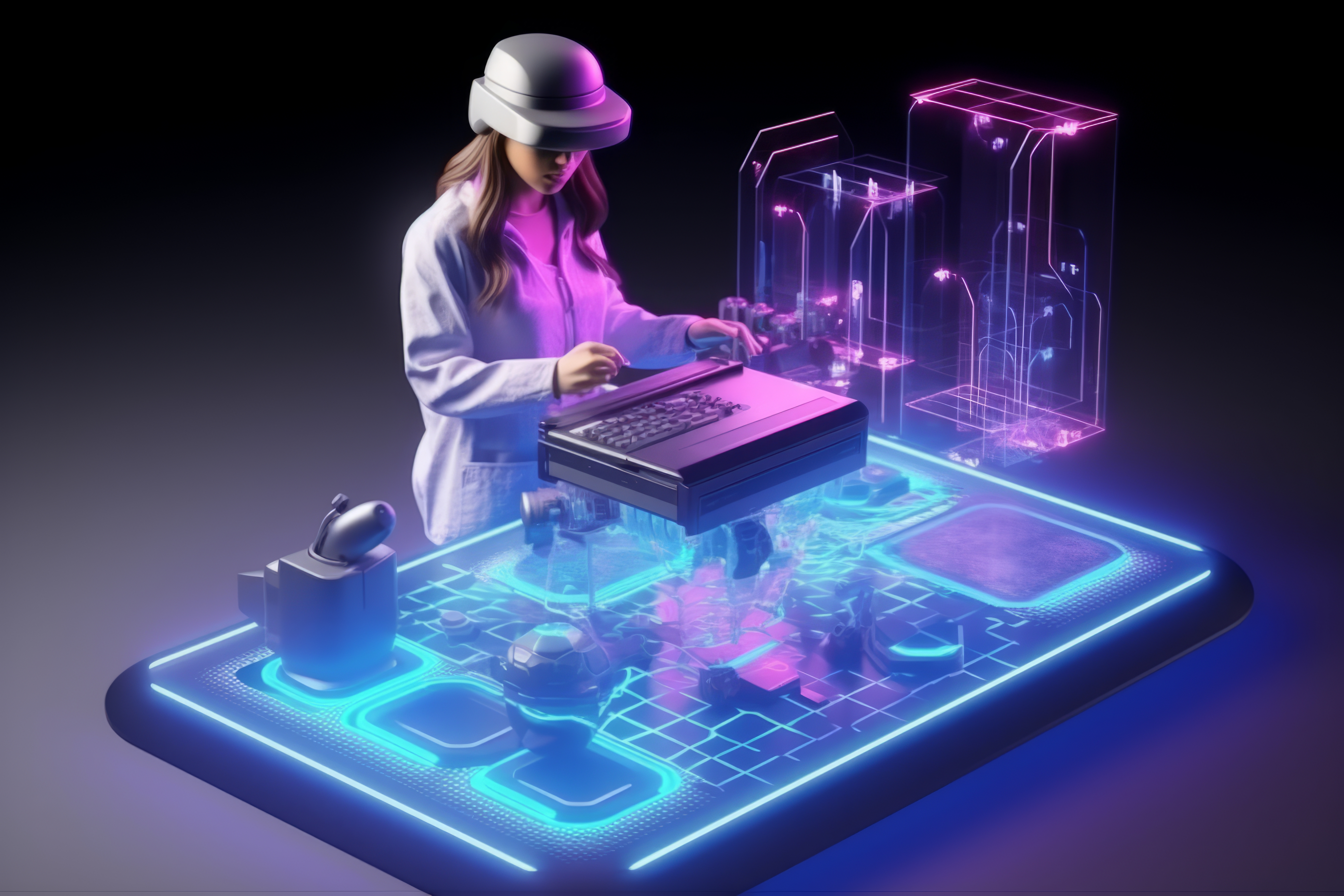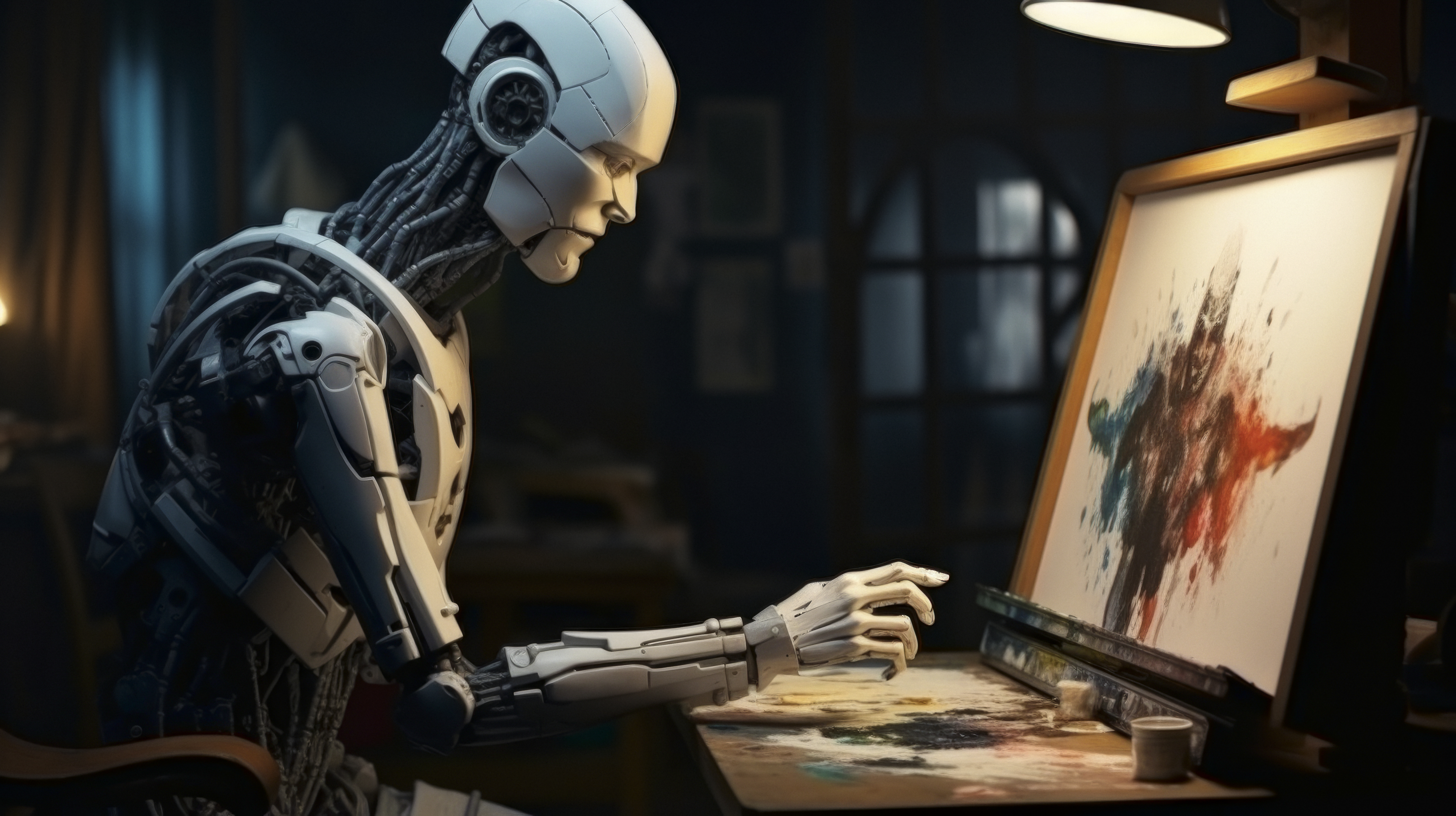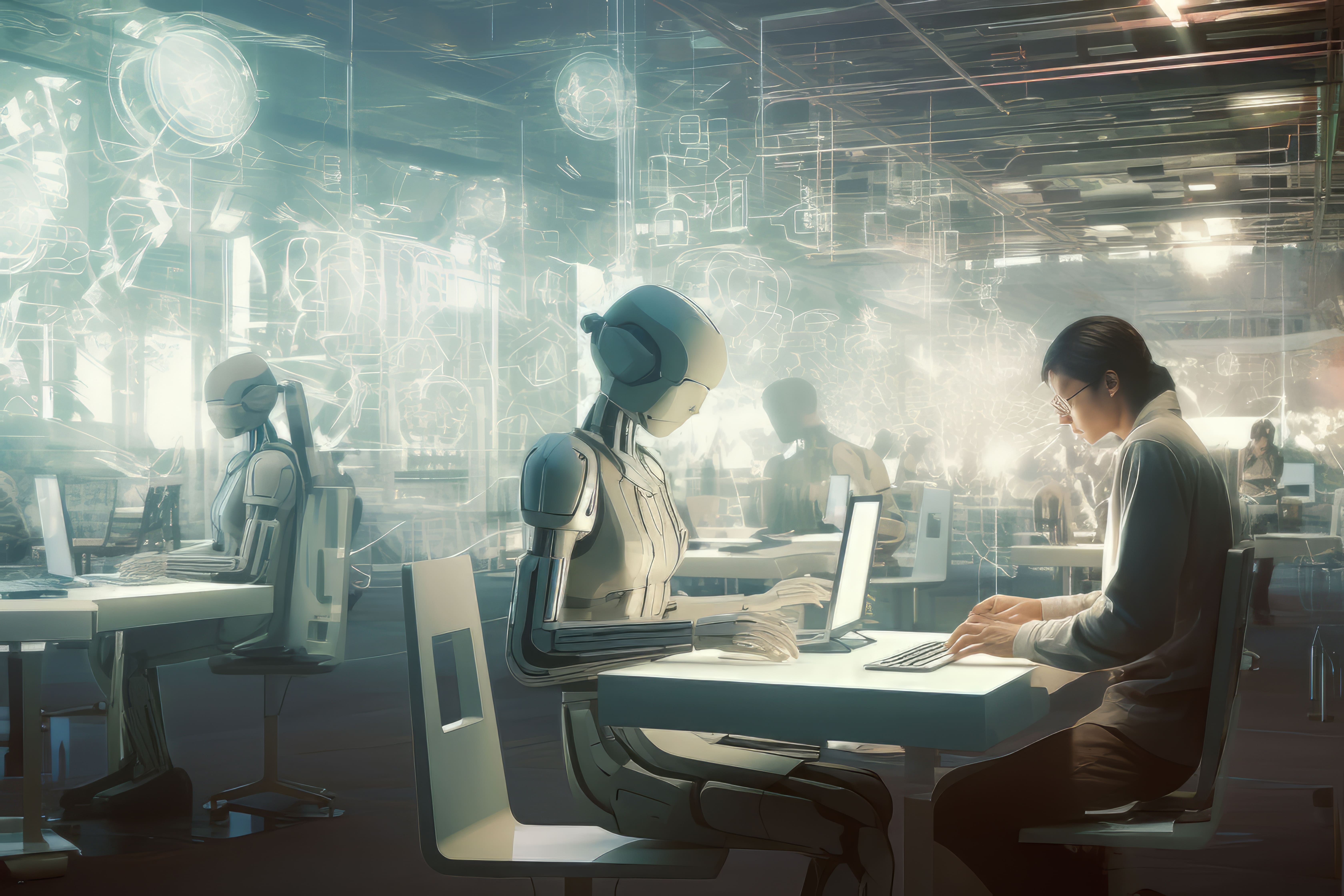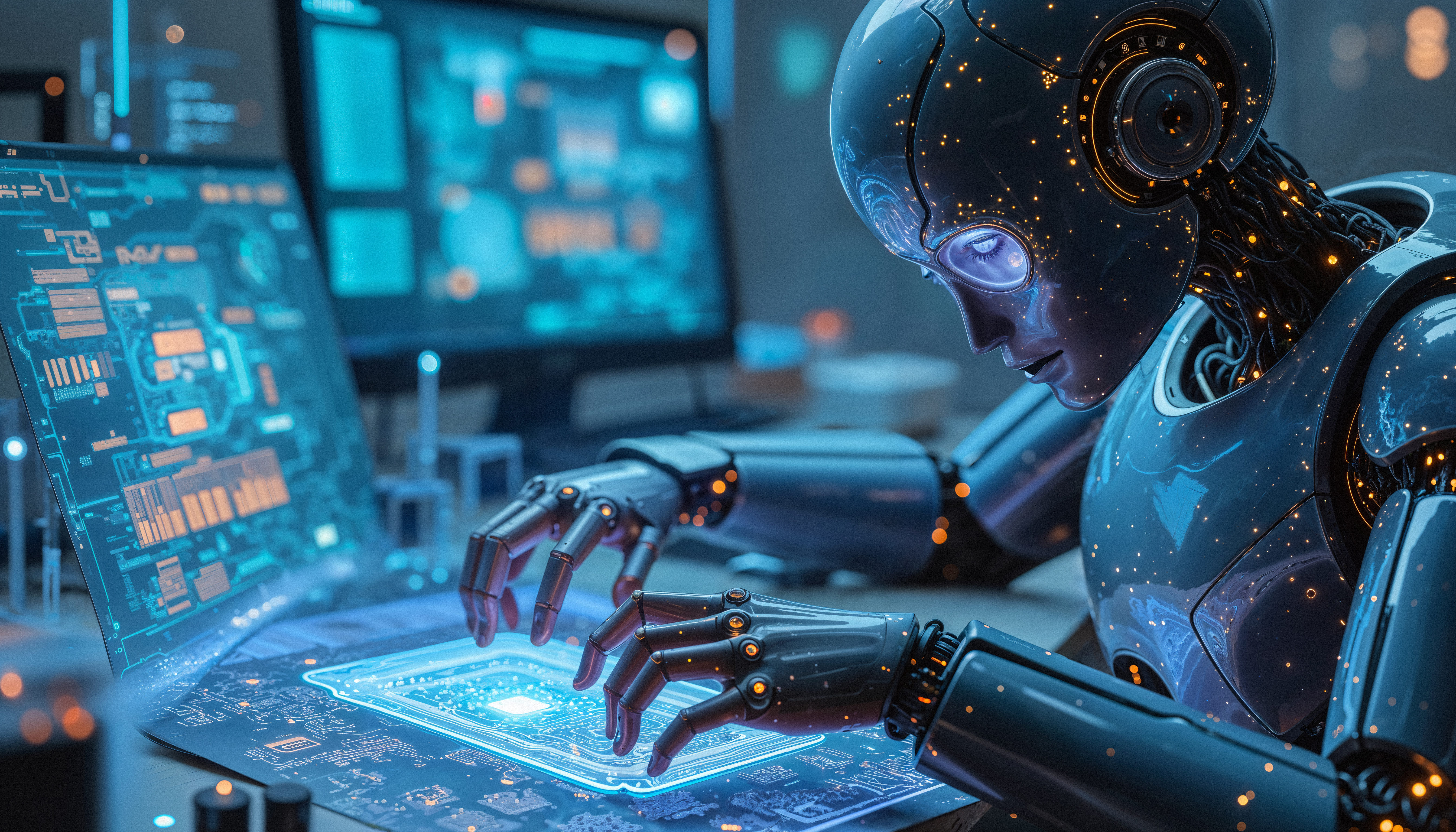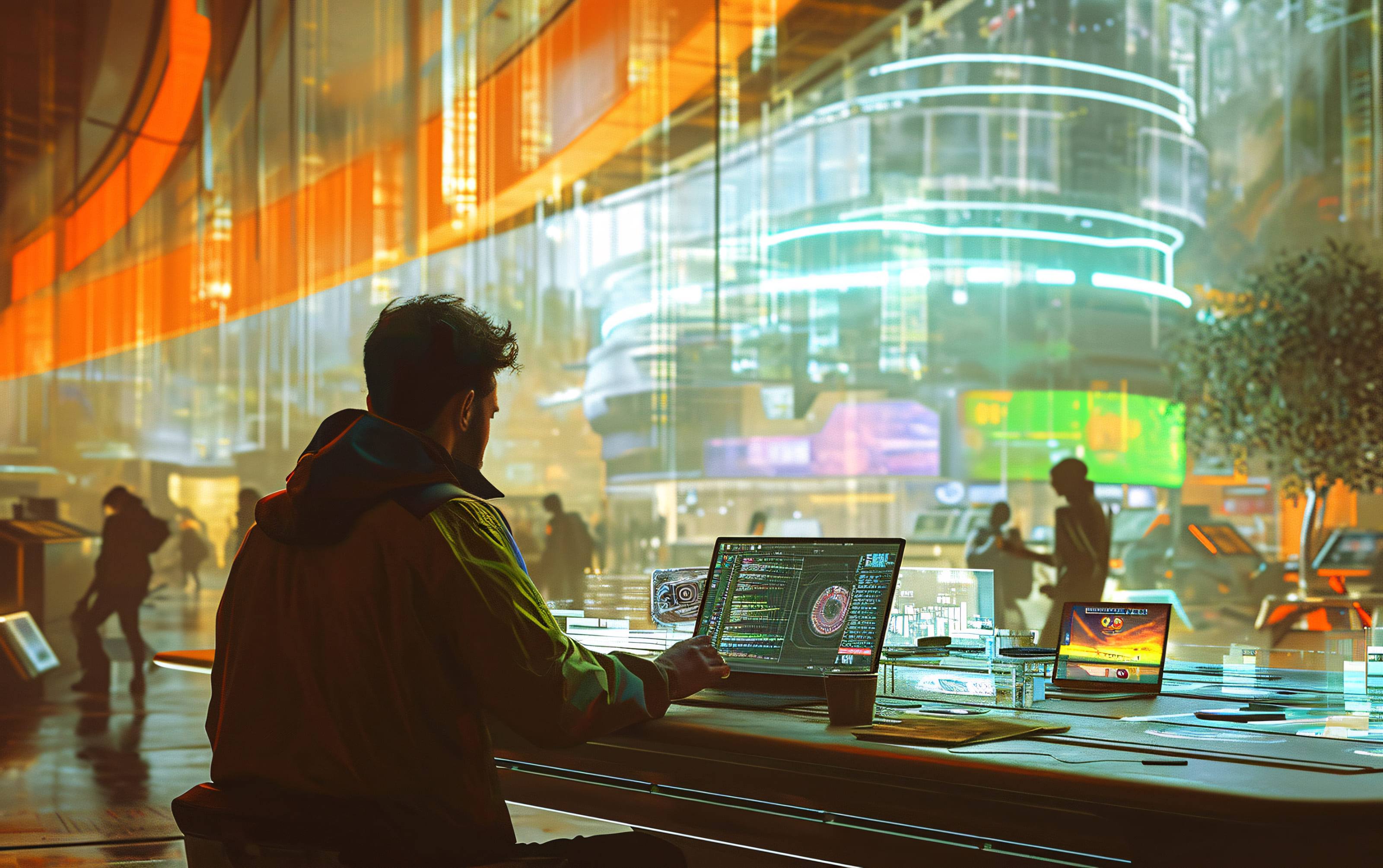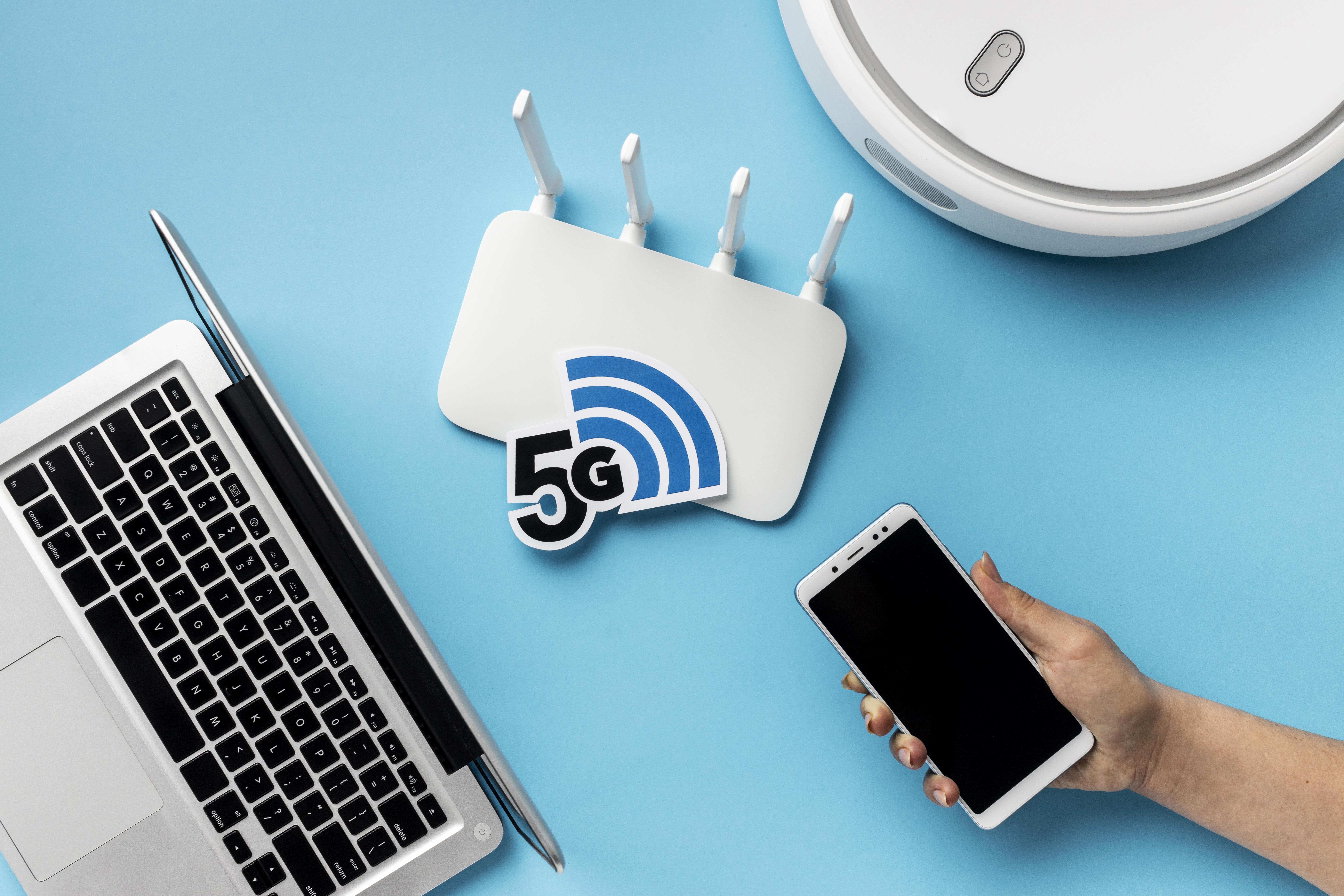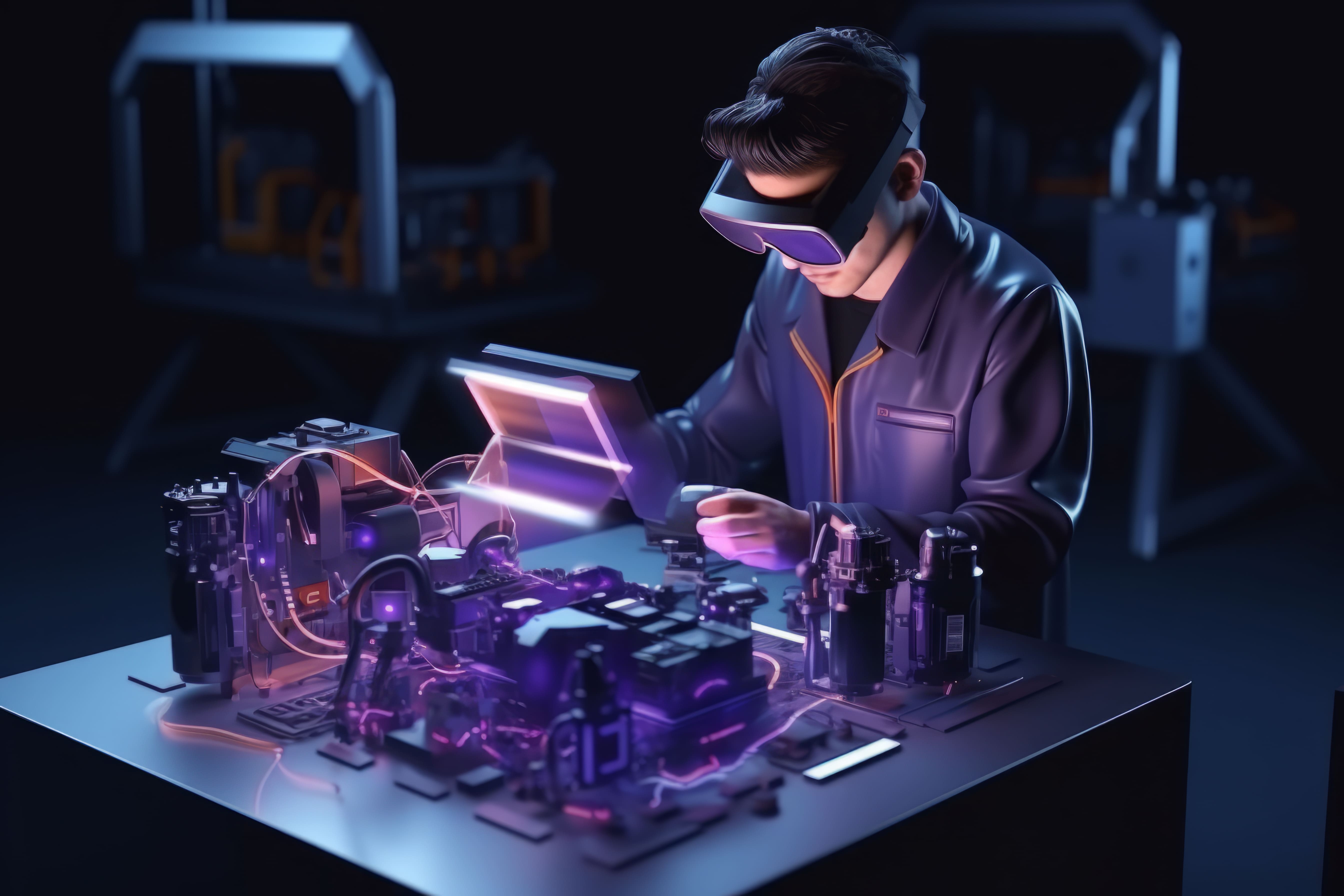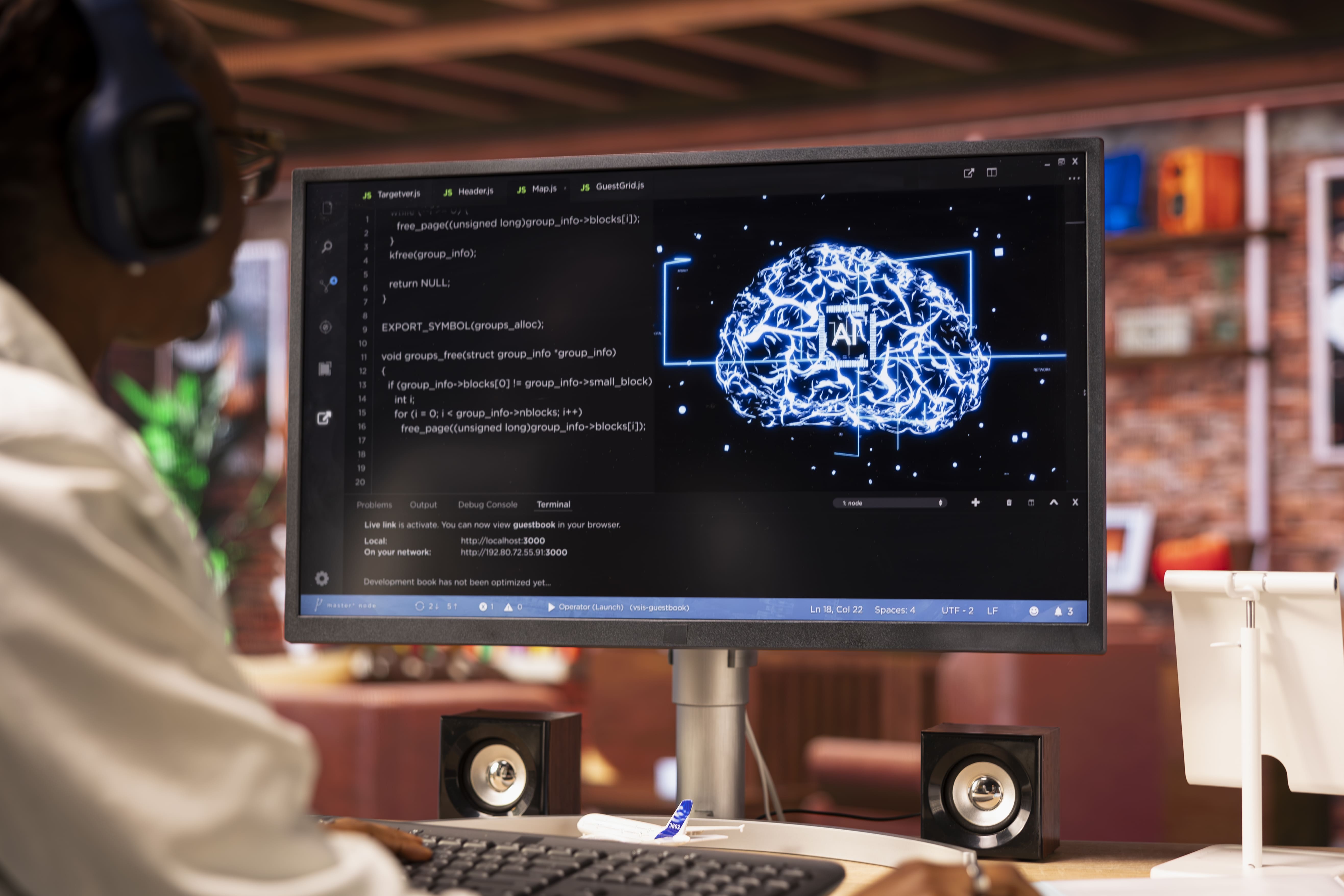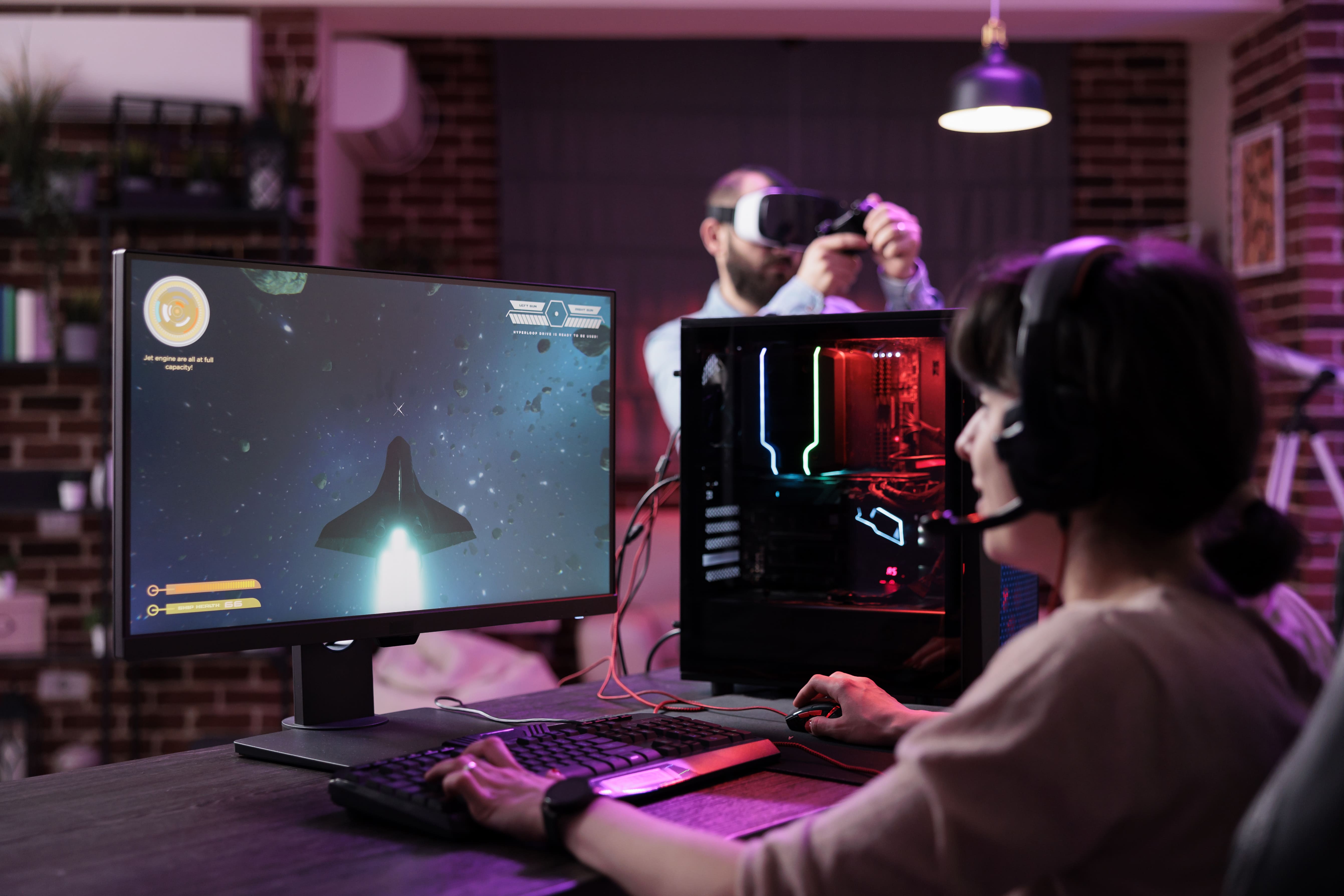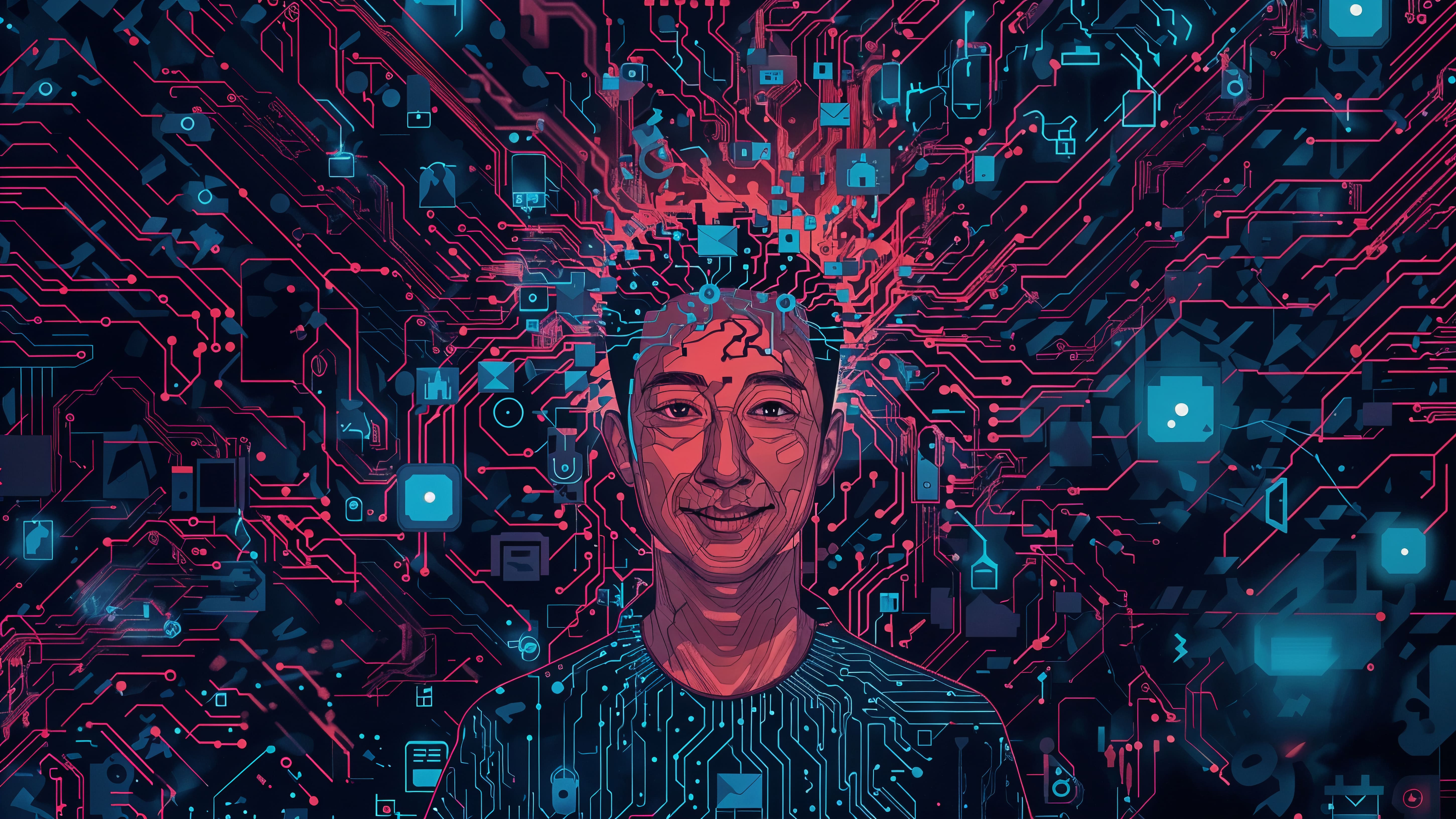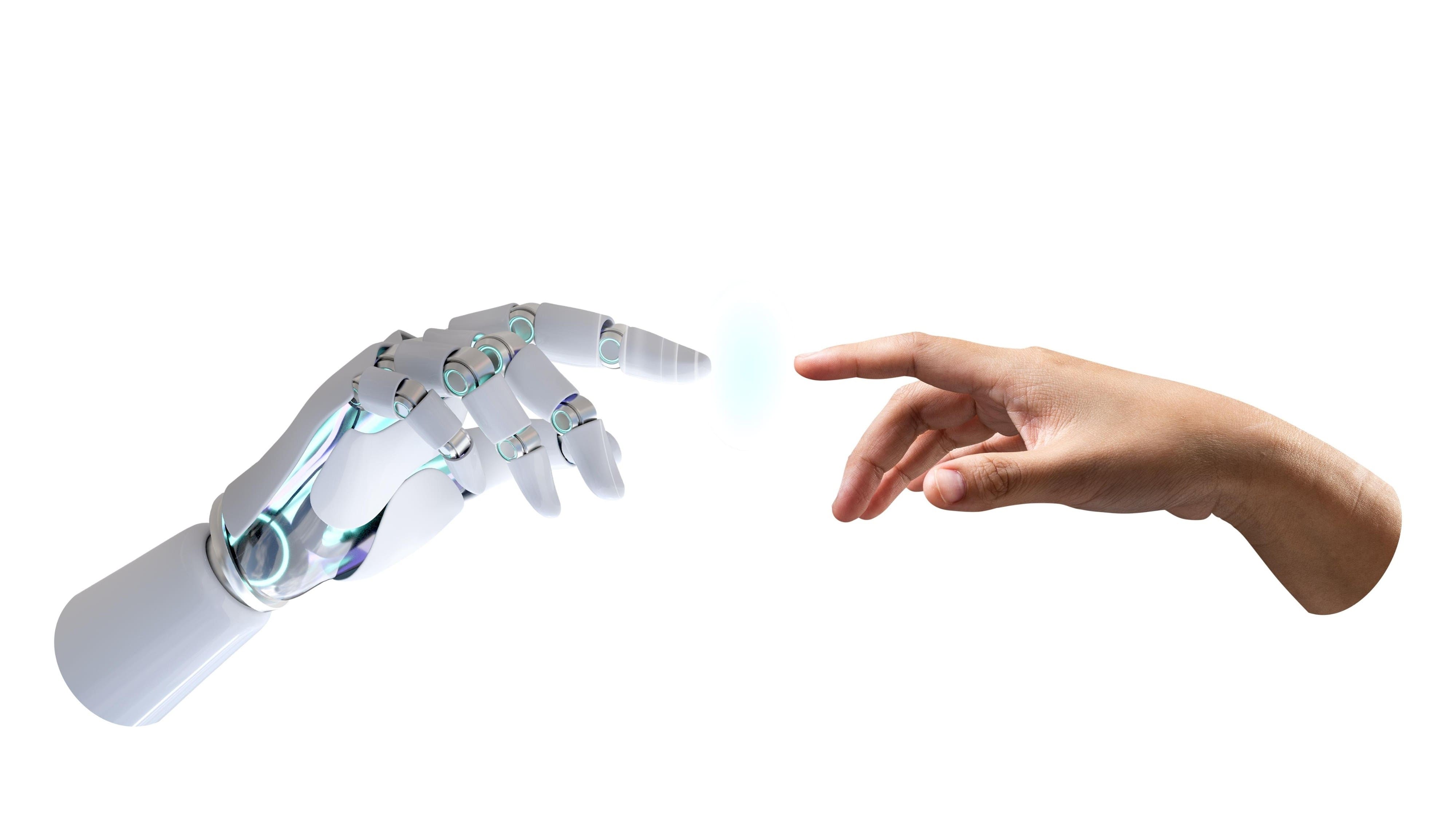 SITASRM ENGINEERING & RESEARCH INSTITUTE
SITASRM ENGINEERING & RESEARCH INSTITUTE
 SITASRM ENGINEERING
SITASRM ENGINEERING & RESEARCH INSTITUTE

SITASRM ENGINEERING & RESEARCH INSTITUTE
Menu
Brain Computer Interface: Peering into the Mind's Code
The concept of a brain computer interface (BCI) might conjure images of futuristic cyborgs, but its roots and current applications are grounded in serious science and hold immense potential. A brain computer interface essentially creates a direct communication pathway between the brain and an external device. It's about translating the intricate language of our neural activity into actionable commands.
Decoding the Brain: The Realm of Computer Neuroscience
Understanding how a brain computer interface works requires delving into the field of computer neuroscience. This interdisciplinary area combines the principles of neuroscience with computational modeling and analysis. Computer neuroscience aims to create computational models that simulate brain functions, helping us understand the complex neural codes underlying our thoughts, feelings, and actions. By building these models, researchers can develop algorithms that can interpret the signals picked up by a brain computer interface.
How Does a Brain Computer Interface Work?
At its core, a brain computer interface operates through a few key stages:
-
Signal Acquisition: Specialized sensors, which can be implanted or placed on the scalp, detect the electrical activity of the brain. Techniques like electroencephalography (EEG), electrocorticography (ECoG), and intracortical microelectrode arrays are used for this purpose.
-
Signal Processing: The raw brain signals are often noisy and complex. Sophisticated algorithms are employed to filter, amplify, and extract relevant features from these signals. This is where advanced signal processing techniques, heavily reliant on computer science, come into play.
-
Feature Extraction: Specific patterns in the processed brain signals are identified that correspond to different mental states or intentions. For example, thinking about moving your right hand might produce a unique pattern of neural activity.
-
Translation Algorithm: This is the "decoder" of the brain computer interface. Machine learning algorithms are trained to map the extracted features to specific commands or outputs, such as moving a cursor, controlling a prosthetic limb, or even typing on a virtual keyboard.
-
Output Device: The translated commands are then sent to an external device, allowing the user to interact with their environment.
The "Brain of Computer System": A Different Perspective
Interestingly, the term "brain of computer system" typically refers to the central processing unit (CPU) of a computer. Just like the human brain processes information, the CPU is the core component that executes instructions and manages the computer's operations. While distinct from brain computer interface, understanding the architecture and functioning of a computer's "brain" provides valuable insights into information processing in general, offering analogies and frameworks that can inspire approaches in BCI development.
Applications and the Future of Brain Computer Interface
The potential applications of brain computer interface technology are vast and transformative:
-
Medical Applications: Restoring lost motor functions for individuals with paralysis, developing communication tools for locked-in patients, and even treating neurological disorders like Parkinson's disease and epilepsy.
Fact: A study published in Nature Medicine showed that individuals with paralysis could control robotic arms using implanted BCIs.
-
Assistive Technology: Providing greater independence for people with disabilities by allowing them to control wheelchairs, computers, and other assistive devices with their thoughts.
-
Communication: Developing new forms of silent communication, potentially revolutionizing how we interact with technology and each other.
-
Gaming and Entertainment: Creating more immersive and intuitive gaming experiences controlled directly by the player's mind.
-
Beyond: Some researchers even envision future applications in areas like cognitive enhancement and human-computer symbiosis.
The development of effective brain computer interface systems is an ongoing journey, facing challenges such as signal variability, the complexity of the brain, and long-term implant stability. However, with advancements in computer neuroscience, machine learning, and neurotechnology, we are steadily moving closer to truly unlocking the brain's algorithm and realizing the incredible potential of this groundbreaking field.
The Horizon of Thought-Controlled Technology
The journey of brain computer interface research is a testament to human curiosity and our relentless pursuit of understanding the most complex system known – the human brain. As we continue to unravel the intricacies of neural coding through computer neuroscience and refine the algorithms that bridge the gap between mind and machine, the possibilities seem limitless. From restoring lost abilities to forging new frontiers in human-computer interaction, the brain computer interface holds the key to unlocking a future where our thoughts can directly shape our reality.
Students eager to delve deeper into the fascinating world of algorithms, neural networks, and the very foundation of such technologies can explore these concepts through SERI's comprehensive CS & IT program for their B.Tech. While challenges remain, the progress made so far signals a transformative era where the "brain's algorithm" is no longer a mystery, but a language we are increasingly learning to speak. The implications for medicine, technology, and our understanding of consciousness itself are profound, making the continued exploration of brain computer interface one of the most exciting and impactful scientific endeavors of our time.
